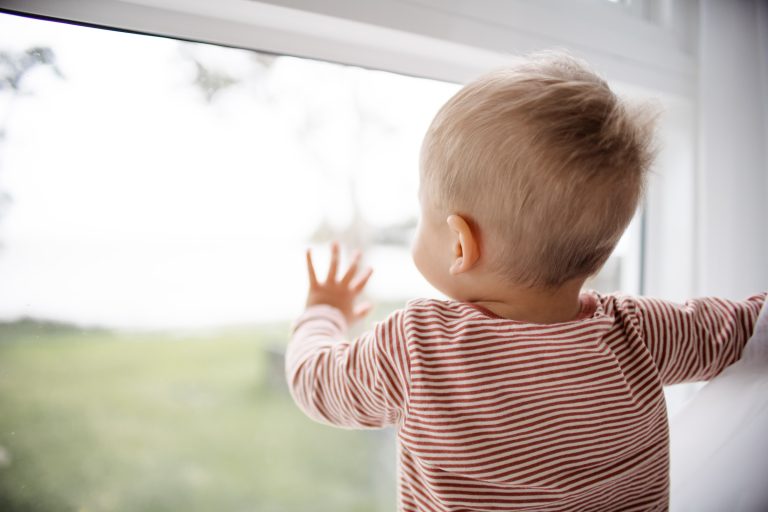Published in The Sydney Morning Herald, 13 May 2021
This week’s budget was an encouraging step towards rebalancing the national focus on increasing women’s workforce participation and economic security, and renewing commitments to women’s safety.
A range of measures – including making childcare more affordable, the removal of the minimum threshold on superannuation, investment in the aged care sector and the funding of commitments to address domestic and family violence, sexual assault and sexual harassment in workplaces – will certainly make a difference for many women.
With the foundation now laid, it’s appropriate to contemplate what might be achieved with an even greater collective, focused effort, and an understanding that investments in the scaffolding of women’s economic participation are some of the smartest ways to strengthen Australia’s COVID recovery. In effect, these too are infrastructure investments.
The $3.4 billion worth of measures outlined in the Women’s Budget Statement reflect a growing recognition that previous recovery and structural economic investments have not addressed the fundamental gender imbalance in the way benefits flow to the community.
The statement, however, should not be confused with gender-responsive budgeting, which Chief Executive Women and many others called for in this budget. As a result, we know through the statement that the specific measures for women represent less than 1 per cent of the overall budget spend of approximately $670 billion.
No great change can happen and no major obstacle can be overcome without focus.
We saw what happened when all sides of politics, the private, public and not-for-profit sectors, unions and other organisations worked together on our national response to COVID. Through this unprecedented co-operation, that collective force was able to steer the country through the most challenging circumstances – all by having a very clear and targeted focus.
Women in leadership should be included at the table where this work is done.
As we call for an even greater focus on increasing workforce participation and economic security for women, it’s worth reflecting on the example of workplace health, safety and wellbeing which was not truly recognised as a priority until the mid-1980s when laws were first introduced to address workplace safety.
That effort has saved lives and workplace injury fatality rates have reduced by 48 per cent since 2007. It has also improved productivity and profitability for businesses right across Australia. An initiative that was initially considered a “nice to have”, it is now an essential part of any business, to benefit individual employees and because it makes good business sense. It is now simply part of the entrenched “business-as-usual” operations of running a business.
Ultimately, we want the same business-as-usual approach across all decision-making when it comes to the consideration of women, particularly to enable them to participate or increase their participation in the workforce.
Women are ready to drive our future economy prosperity. This will happen by having a very focused collective effort to invest in industries that are dominated by women, something we consider is a missed opportunity in the federal budget.
How do we invest in those industries that are dominated by women, particularly when we consider for every $1 million spent on education creates 10.6 direct jobs for women and 4.3 direct jobs for men, compared to 0.2 jobs for women and 1 job for men in construction?
How do we improve our paid parental leave scheme to ensure it enables both parents to access care for young children?
How do we ensure even more funding can be secured to help address family and domestic violence and sexual assault services?
How do we ensure women can progress in their careers at the same pace, with the same opportunities and wages as their male colleagues, while balancing family and caring commitments?
How can we support women who are unemployed or underemployed get back into the workforce? How do we ensure even more families benefit from childcare savings sooner?
How do we ensure that all decisions are reviewed with the consideration of gender to understand whether there are elements of policy that may have unintended consequences for women? How do we reduce the disparity in superannuation between men and women when they head into retirement?
Ultimately, how do we stop Australia’s continued slide down the rankings in the World Economic Forum’s gender gap, which saw Australia fall from 12th position in 2006 to 70th position this year on the measure of women’s economic participation?
It’s clear that working collectively, as part of a mission with a very clear focus is the answer.
This is not simply ‘nice to have’ – we are talking about improving Australia’s economy by unlocking potential of women across the country. KPMG modelling shows that halving the gap between male and female workforce participation rates would increase Australia’s annual GDP by $60 billion over 20 years. So clearly, there should be no question about whether unlocking this potential is a smart thing to do.
At Chief Executive Women – with a membership base that is responsible for leadership roles in more than 100 of Australia’s largest public and private organisations, overseeing revenues of $368 billion and more than 1.4 million employees – we stand ready to play a part in this collective effort.
The budget measures announced are a good first step, and we look forward to working with the government, the Women’s Cabinet Taskforce and the National Cabinet to drive more ambitious and broad reaching reform to unleash the potential for more women to contribute to our economic recovery.
The time has come to maximise the potential of all Australians and build our economy back stronger and smarter.



